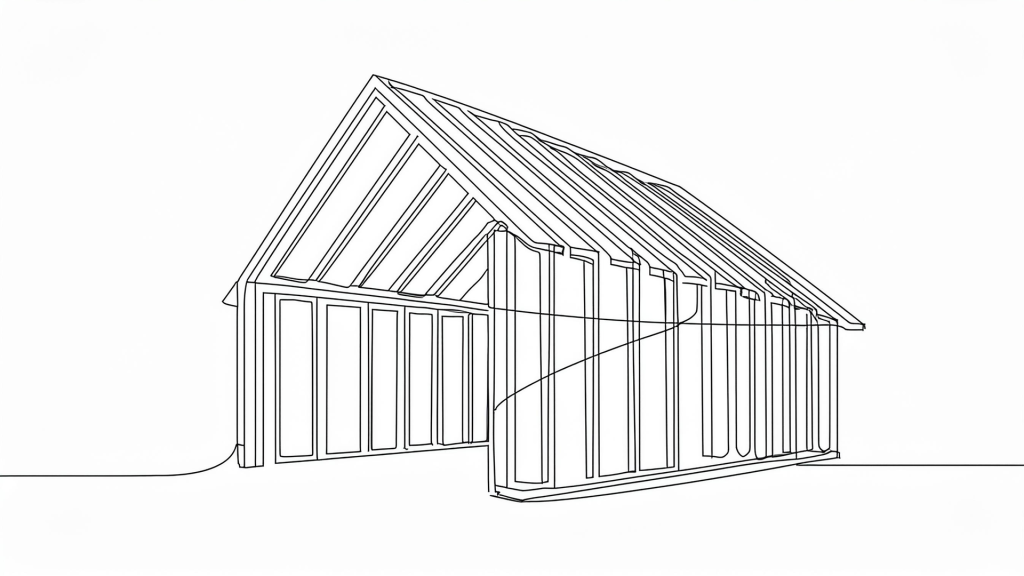Acquiring and Applying Cultural Knowledge

Now that you have a solid understanding of the context in which we are providing early intervention and you’ve strengthened your connection to your own identity, you’re ready to dive into acquiring and applying cultural knowledge to your interactions with families. This acquisition of cultural knowledge may feel like a daunting task as culture is dynamic and complex. Even if every family on your caseload shared the same set of identities and held the same values, the ways that their identities and values manifested themselves in the families’ daily lives and ways of being would vary from house to house in sometimes significant ways but also subtle ways. One of the main barriers to doing culturally responsive work well is relying on stereotypes rather than building upon a basic understanding of a family’s culture. For us to do this work well, we need to be able to take the rudimentary knowledge we may have about a family and use it as a springboard to have authentic conversations that build our understanding of how we can best meet that particular family and child’s needs.
Chapter Objectives
- Identity strategies to identify the groups in your catchment area
- Create a plan to build your cultural knowledge without stereotyping
- Observe and Label family funds of knowledge
- Learn about deep aspects of a culture
- Integrate your cultural knowledge into existing best practices
- Detail effective strategies to work with families across language differences
- Build skills to navigate cultural mismatches between you and the families you serve

